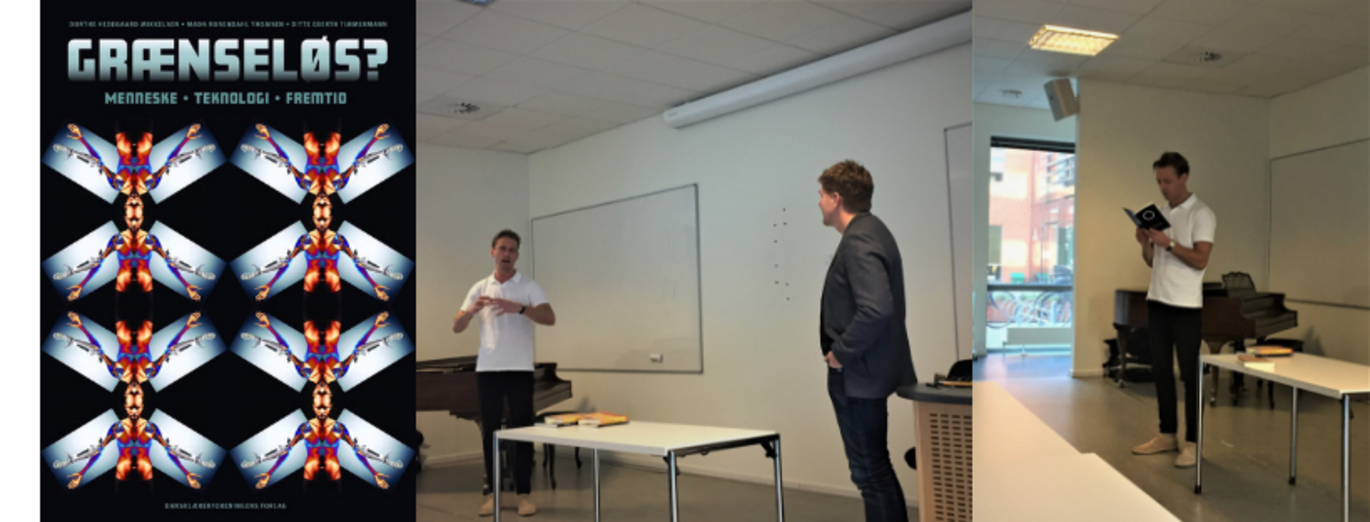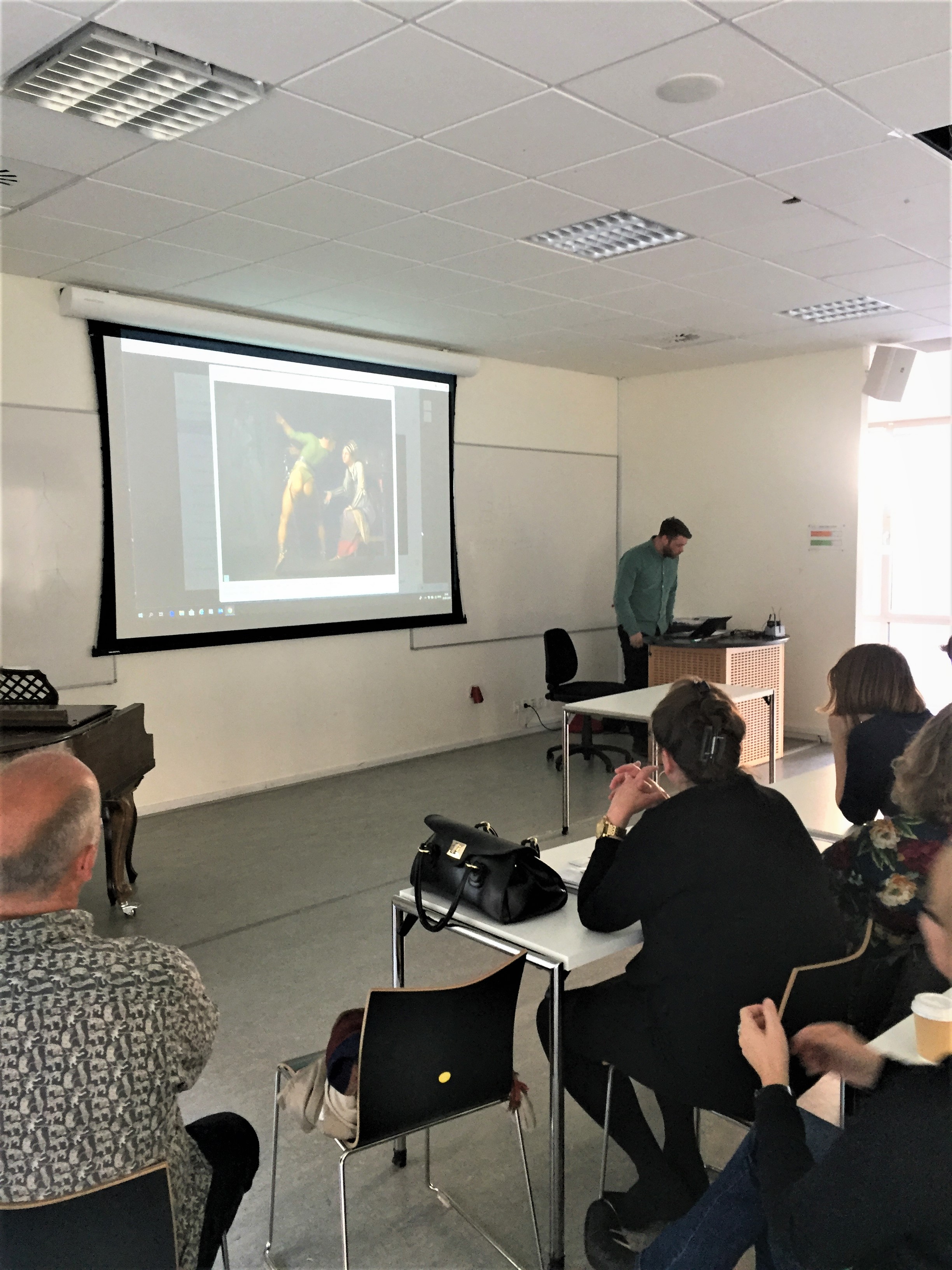Book release
Literature, posthumanism and the Anthroposcene in new textbook for upper secondary education.




The room was filled with an excited crowd of researchers, students and teachers, who had all shown up for the release of three completely new books for upper secondary education.
Reviving an old epic
Poet Morten Søndergaard and philologist Sophus Helle opened the afternoon by presenting their new Danish translation of the more than 3000-year-old Sumerian epic Gilgamesh. The tale of Gilgamesh is originally found on archeological stone tablets, which means that different pieces and fragments are missing. The new translation of Gilgamesh is embracing the fragmented story by leaving spaces and pages empty, giving the old tale an almost modernist form.
Literature and madness
Assistant professor Lasse R. Gammelgaard also presented his new work Galskaben i litteraturen, which is a textbook for upper secondary education, which connects diagnoses from psychology – such as depression, stress and anxiety – with art and literature. The book consists of examples of illustrations, photography, graphic novels, literature and paintings.
Literature and the human future
Ending the stream of new books were Human Futures’ Mads Rosendhal Thomsen with the textbook Grænseløs? Menneske, teknologi og fremtid which he has co-edited together with Dorthe Hedegaard Mikkelsen and Ditte Eberth Timmermann. The book introduces crucial concepts such as the Anthropocene, the posthuman and the fusion of human bodies and technology. Consisting of excerpts from Danish literature (both old and contemporary), the book first and foremost deals with literature’s imagination of the human future. Therefore, Danish poet and writer, Theis Ørntoft, was invited to read from his works Digte 2014 and Solar, exemplifying how literature imagines the posthuman condition from the point of view of individual, personal human lives – making it tangible and relatable.
